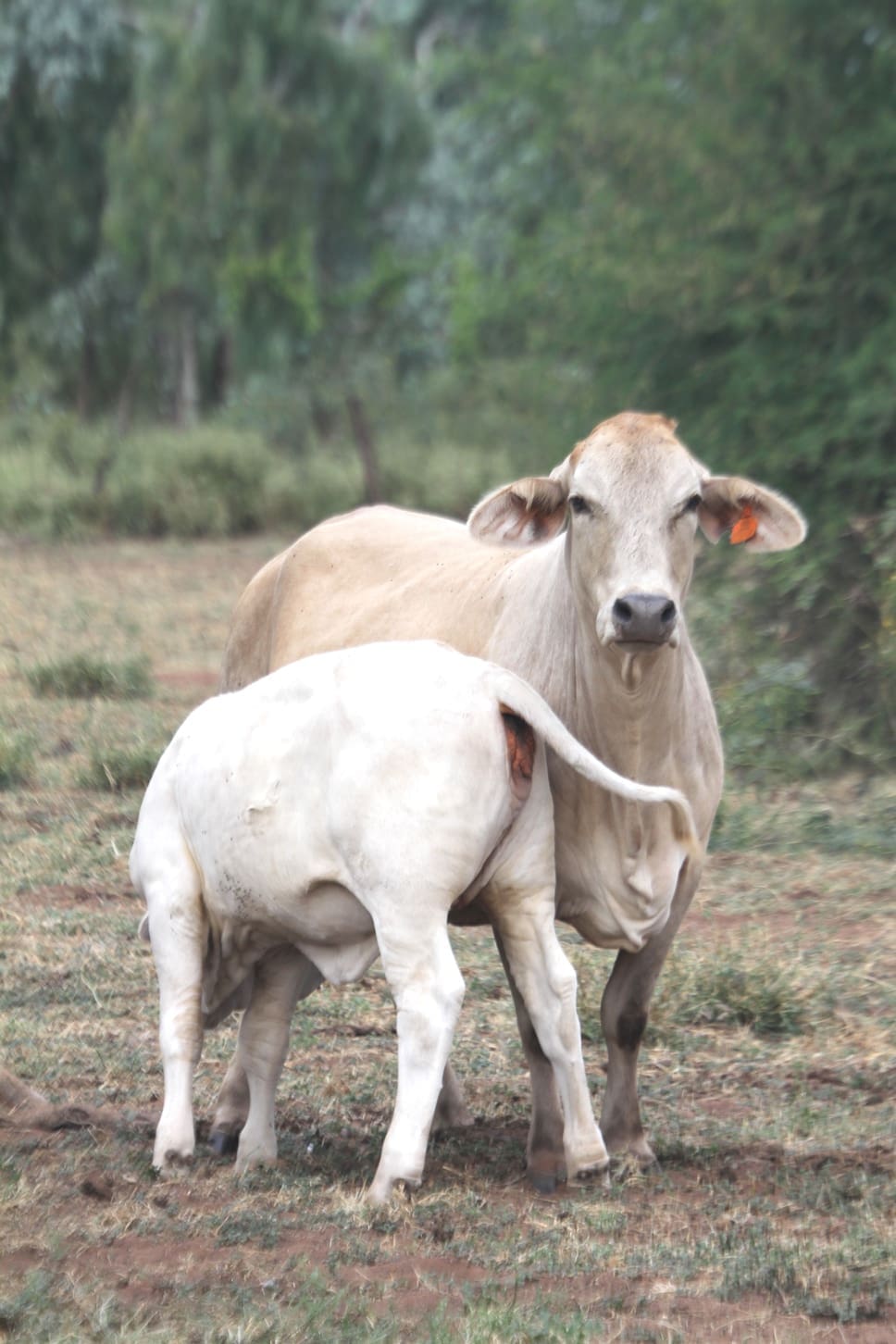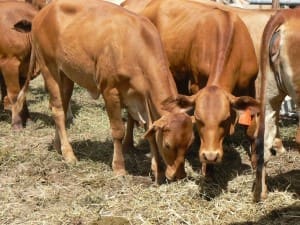As clearly illustrated in the industry’s milestone CashCow project, low reproductive rates in northern Australian beef herds are recognised as a significant limiting factor to enterprise productivity in the region.
 Many factors influence reproductive rates, in particular environmental and management factors.
Many factors influence reproductive rates, in particular environmental and management factors.
Better management of these animal environment influences play an integral part in increasing productivity, however having new and increasingly more accurate methods of genetic selection will provide the opportunity to further influence the rate of gain in industry and increase enterprise productivity and viability.
This collaborative, five-year Meat & Livestock Australia funded project aims to improve the evaluation of animals within industry for a number of economically important performance traits, in particular female fertility.
The collaborative partners are the Department of Agriculture and Fisheries’ Agri-Science Queensland, University of New England’s Animal Genetics and Breeding Unit and the Northern Territory Department of Primary Industry and Fisheries.
The key component in the evaluation is the combination of strategic phenotypic recording and new, high density SNP (Single Nucleotide Polymorphism) genotyping of well controlled, specifically managed cattle to rapidly increase the accuracy of genetically describing the reproductive merit of tropically adapted beef cattle. The data collected through this study will also be used to seed the new genetic analysis methodology of calculating estimated breeding values for all traits.
To date, phenotypic data has been collected on about 2000 head of female cattle based on the Department of Agriculture’s Spyglass (Charters Towers) and Brian Pastures (Gayndah) research stations. These females represent progeny of 160 sires from 60 studs.
An important element of the project is creating and maintaining genetic linkage between research sites, with 28 sires common to both Brian Pastures and Spyglass. The NTDPI’s Douglas Daly research station’s Brahman selection line herd also plays a significant role in this research with a number of common sires being used.
 The benefits of this research are further enhanced through strategic links to industry seedstock herds. This has been achieved through successful large-scale artificial breeding programs over the past two years using highly influential sires from within the Brahman, Droughtmaster and Santa Gertrudis breeds.
The benefits of this research are further enhanced through strategic links to industry seedstock herds. This has been achieved through successful large-scale artificial breeding programs over the past two years using highly influential sires from within the Brahman, Droughtmaster and Santa Gertrudis breeds.
In addition to the specific project outcomes a partnership with the Australian Brahman Breeders Association, Droughtmaster Stud Breeders Society and a consortium of Santa Gertrudis Research Herds has continued to develop whereby steer progeny from the project are supplied to these industry groups who have secured MLA Donor Company funding to evaluate further growth, carcass and meat quality traits with all data being integrated into project analyses.
The overall outcome will be increased accuracy of Estimated Breeding Values for female reproduction and other performance traits, particularly for young bulls. Higher accuracy EBVs will allow more informed purchasing and breeding decisions by commercial cattle producers, and importantly, enable significantly faster rates of genetic progress in the seedstock sector effectively ‘stocking the shelves’ with young animals whose genetic merit for a raft of traits is more accurately described.
The net result of this research will be to enable industry to rapidly increase performance and productivity of the northern Australia beef herd.



HAVE YOUR SAY